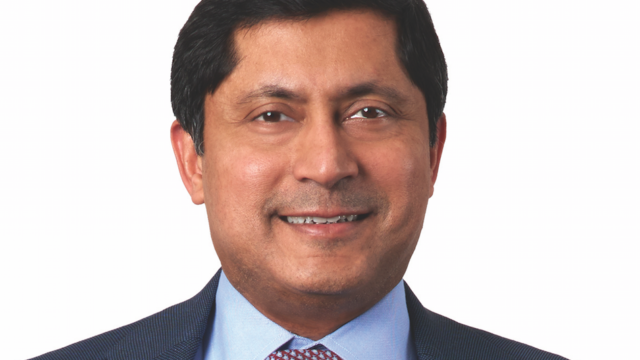Conrad Saldanha, Neuberger Berman
Year-to-date, emerging markets have lagged the broader market and analysts are talking about the 2018 EM sell-off. The MSCI Emerging Markets Index has returned -7.10% versus the MSCI All Country World Index’s 2.72%.
So far, this year has been a reversal from full year 2017, when the MSCI EM Index soared 37.75%.
Saldanha explained that investors have become more risk averse than last year as the US raises interest rates and global trade tensions increase. These factors help explain the broad-based sell off in emerging markets.
Saldanha manages the firm’s Emerging Markets Equity Fund, which has fallen 8.25%, more than the fund’s benchmark MSCI EM Index, which dropped 5.05%
Emerging Asia makes up the bulk of his portfolio (73%) with Greater China the top geographic allocation at 41.5%.
Despite sour sentiment, he sees the EMs as a buying opportunity. “The volatility caused by market sell-offs creates opportunity, especially for ‘quality’ stocks, which we want to buy at reasonable prices,” he said, adding that quality stocks are usually not cheap.
He defines quality companies as those with good cash flow growth and low debt. He added that when analysing companies, the firm focuses heavily on cashflow-based valuation measures.
Other funds, including Loomis Sayles’s growth strategies and JP Morgan Asset Management’s Asia growth fund define quality stocks in a similar way.
Similarly, Old Mutual Global Investors shifted to quality stocks from value stocks for its global equity fund, as it believes that quality companies are more resilient in the current market environment.
‘Smid’ caps
The NB fund has about 35% of assets in small- and mid cap companies, which he defines as those with sub-$5bn in capitalisation.
Saldanha believes smid caps align investor and owner interests well because the owners are typically families. Owners of smid cap companies tend to be more accessible to investors than large cap company decision makers.
“Sometimes with the bigger caps, especially for some of the state-owned businesses, there’s a misalignment of interests,” Saldanha said.
Marc Saint John Webb, portfolio manager at Geneva-based Quaero Capital, agrees. He previously said that meetings with small-cap firms tend to be with the CEO, CFO and operations managers, while meetings with large-cap companies tend to be with the company’s investor relations team.
However, Saldanha acknowledged that he also faces issues with corporate governance across emerging market companies.
Given that smid-caps have less sell-side coverage than large caps, he noted the importance of having an in-house team that makes company visits. A team of 10 people split between New York and Asia support him in analysing and visiting EM companies, he said.
The team also visits competitors and suppliers to have a better idea of the industry the business operates in, he added.
“Corporate governance has improved in emerging markets, but there are always going to be issues that do surface. So you have to come in with your eyes open that you are a minority shareholder with a cynical view, and you vet the management teams on how they have historically treated minority shareholders.”
The Neuberger Berman Emerging Markets Equity Fund versus its benchmark and sector in Hong Kong

All fund, benchmark and sector NAVs have been converted to US dollars.

















